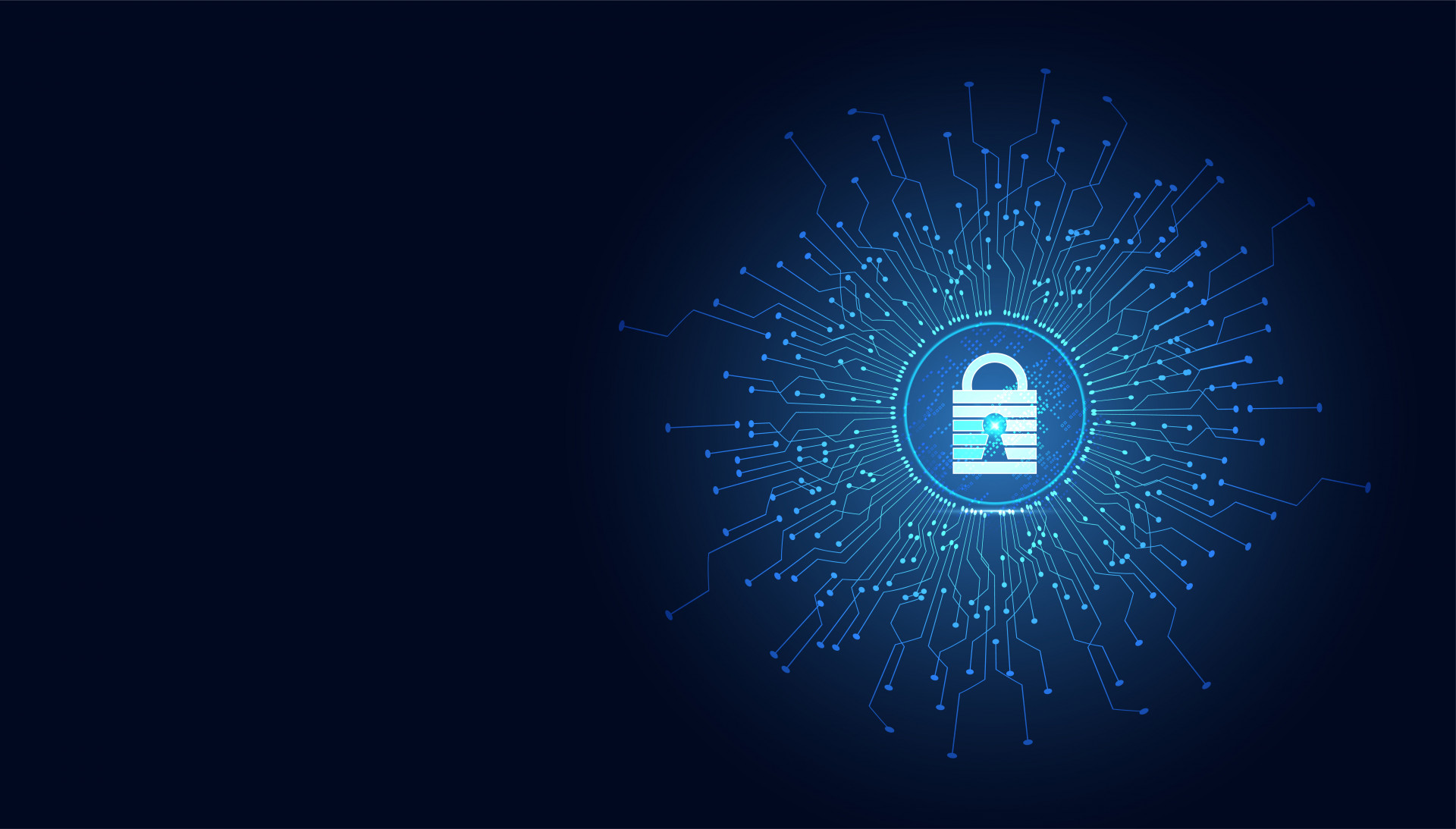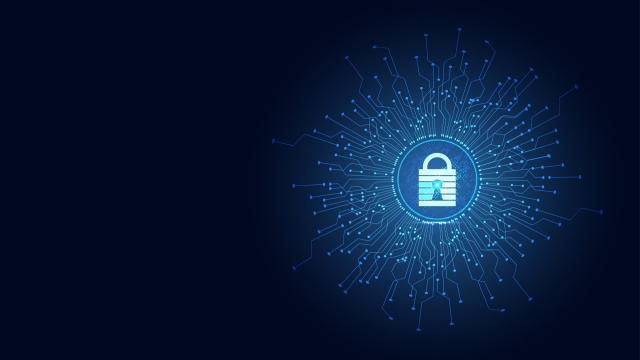
In today’s digital world, where technology reigns supreme, the importance of securing our online presence cannot be overstated. With the increasing number of cyber threats and the potential devastating consequences they bring, individuals and organizations must take proactive measures to protect their sensitive data from falling into the wrong hands. Cyber Essentials, a comprehensive cybersecurity framework, offers a practical approach to safeguarding against the most common cyber threats. In this article, we will delve into the world of Cyber Essentials, exploring what it entails, why it’s crucial, and how it can help unlock our cyber confidence. So, let’s venture into the realm of cybersecurity and discover the power of Cyber Essentials in fortifying our digital lives.
Understanding Cyber Essentials
Cyber Essentials is a crucial framework that helps organizations protect themselves against a vast array of cyber threats. It provides a set of fundamental security controls that, when implemented correctly, significantly reduce the risk of common cyber attacks. By adopting Cyber Essentials, businesses can enhance their cyber defenses and establish a strong foundation for their overall security strategy.
The Cyber Essentials framework focuses on five key areas of cybersecurity. These areas include boundary firewalls and internet gateways, secure configuration, access control, malware protection, and patch management. By addressing these essential components, organizations can fortify their networks, systems, and devices against potential vulnerabilities.
Implementing Cyber Essentials not only shields businesses from cyber threats but also demonstrates their commitment to safeguarding sensitive data and customer information. The framework serves as a valuable certification that showcases an organization’s dedication to cybersecurity best practices. With Cyber Essentials in place, businesses can build trust with their stakeholders, clients, and partners by assuring them of their robust security posture.
Moreover, Cyber Essentials offers a cost-effective approach to cybersecurity, particularly for small and medium-sized enterprises (SMEs). By implementing the framework, organizations can identify and address any security weaknesses proactively, preventing potentially devastating cyber incidents. The emphasis on basic security measures within Cyber Essentials ensures that even organizations with limited resources can establish a strong defense against the ever-evolving threat landscape.
In conclusion, Cyber Essentials serves as a fundamental framework that enables organizations to enhance their cybersecurity posture and protect themselves from a range of cyber threats. By implementing the five key control areas, businesses can establish a fortified defense system while simultaneously building trust and confidence with their stakeholders. Overall, Cyber Essentials plays a vital role in empowering organizations to navigate the digital landscape securely.
Benefits of Implementing Cyber Essentials
Enhancing cyber resilience has become more critical than ever in today’s interconnected world. By implementing Cyber Essentials, organizations can reap numerous benefits that safeguard their digital environment and protect sensitive information from cyber threats.
Firstly, Cyber Essentials helps businesses identify and mitigate potential vulnerabilities within their IT systems. Through a comprehensive assessment of their network infrastructure and security controls, organizations gain valuable insights into potential weaknesses that can be exploited by cybercriminals. By addressing these vulnerabilities proactively, companies strengthen their defense mechanisms and reduce the risk of successful cyber attacks.
Secondly, implementing Cyber Essentials fosters a culture of cybersecurity awareness and best practices among employees. By educating staff on the fundamentals of cyber hygiene, organizations equip their workforce with the knowledge and tools to recognize and prevent common threats, such as phishing emails or malicious downloads. This increased awareness reduces the likelihood of human error leading to a security breach, ultimately safeguarding sensitive data and protecting the organization’s reputation.
Lastly, achieving Cyber Essentials certification enhances business credibility and opens doors to new opportunities. With cybersecurity becoming a fundamental requirement in the modern market, demonstrating compliance with recognized security standards becomes a key differentiator for organizations. Certification provides assurance to clients, partners, and stakeholders that the organization takes cybersecurity seriously and has implemented adequate measures to protect their digital assets. This, in turn, can lead to increased customer trust, improved business partnerships, and even potential competitive advantages.
In summary, the benefits of implementing Cyber Essentials are multifaceted. By identifying vulnerabilities, promoting cybersecurity awareness, and enhancing business credibility, organizations can fortify their defenses against cyber threats, reduce the risk of breaches, and position themselves as trusted entities in the digital landscape.
Steps to Achieve Cyber Essentials Certification
Achieving Cyber Essentials certification involves several key steps that organizations must follow to ensure their cybersecurity practices meet the necessary standards.
-
Assessment and Preparation: The first step toward Cyber Essentials certification is conducting a thorough assessment of your organization’s current IT infrastructure and security measures. Identify potential vulnerabilities and areas that require improvement. This process may involve conducting risk assessments, vulnerability scans, and reviewing existing security policies and procedures.
-
Implementing Security Controls: Once you have identified the areas for improvement, it’s time to implement the necessary security controls. These controls may include setting up firewalls, installing up-to-date antivirus software, implementing strong password policies, and enabling multi-factor authentication. It’s crucial to align your security controls with the requirements outlined in the Cyber Essentials framework.
-
Documentation and Self-Assessment: The next step involves documenting the security controls you have implemented and conducting a self-assessment to evaluate your organization’s compliance with the Cyber Essentials requirements. Make sure to document your security policies, processes, and procedures accurately and comprehensively.
-
External Certification: For official recognition, it is essential to engage with an external certifying body that can verify and validate your cybersecurity practices. The certifying body will review your documentation, conduct an external assessment, and provide you with the Cyber Essentials certification if your organization meets the necessary criteria.
https://cybercompliance.org.uk/blogs/news/what-is-cyber-essentials
By following these steps, organizations can work towards achieving the Cyber Essentials certification, demonstrating their commitment to maintaining robust cybersecurity practices and protecting sensitive information.
